The world is Neil Sowerby’s lobster as he explores an unspoilt Scottish coastline
I’M calling it my lost weekend. Spots On My Apples organic festival? Couldn’t make it. The Cellardyke Sea Queen Festival? Ditto. At least the annual Crail Food Fest, usually the same June weekend, was taking a year off until 2024. Most of all I would have loved to purchase freshly landed and cooked crab and lobster from the Reilly Shellfish Shack at Crail Harbour. Saturday and Sunday only that month. Not to be.
The beautiful Lady Janet Anstruther indulged in naked bathing from Lady’s Tower on the headland (nowadays a gaunt ruin). A bell-ringer paraded through town to warn: no peeking
Crail had been our base for four azure days on the East Neuk of Fife, necklace of colourful fishing villages strung along the Scottish coast south east of St Andrew’s. King James II of Scotland described them as “a fringe of gold on a beggar’s mantle”. Alas, home commitments meant it was time to head off on the Friday. No regrets really, though.
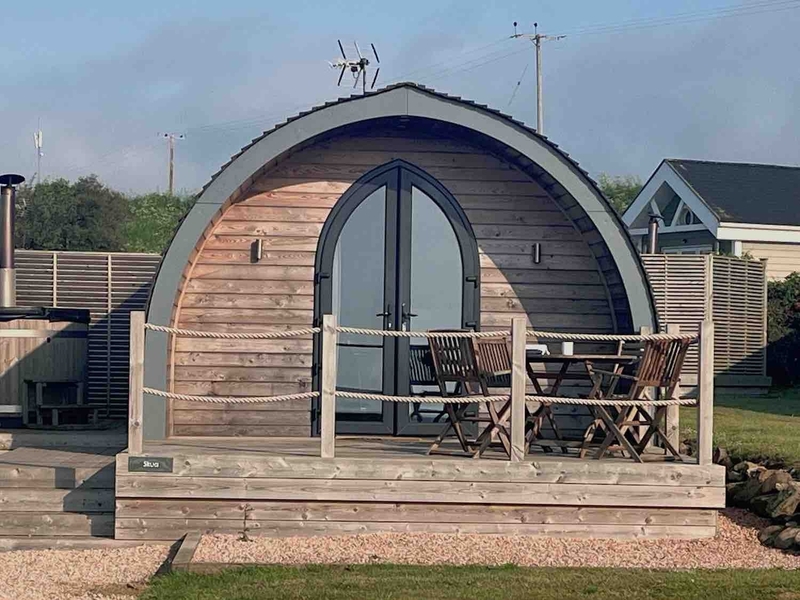
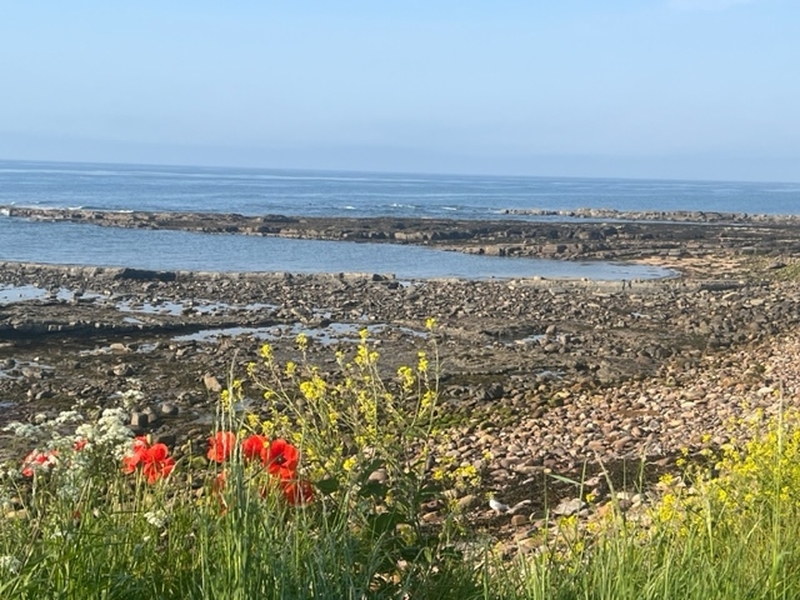
We had been royally occupied in an under the radar area rich in food and walking opportunities. Indeed the Fife Coastal Path ran straight past the door of our Super En Suite Glamping Pod at the Sauchope Links site. Passing hikers were the only interruption to our view of the rocky shoreline mere metres away. It would have been so easy to fire up the hot tub, stash away provisions from the Ardross Farm Shop and act the lazy factor 30 hermit. That, of course, would mean not doing justice to seaside settlements at least the equal of over-hyped Cornish equivalents and even in summer never swamped by visitors. Even without those showpiece calendar events, so much to see and do in the Neuk (nook or corner).
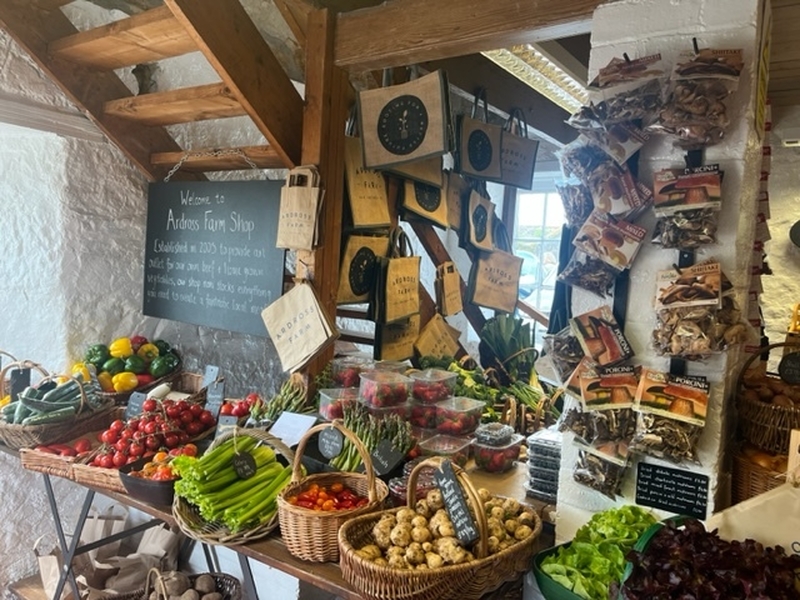
Just 10 miles separates Elie in the south to Crail in the north with buses every hour if you want to walk some of the loveliest stretches of the 90 mile Fife Coastal Path without doubling back on yourself. Let me introduce you to Crail, Cellardyke and Anstruther, St Monans and Elie…
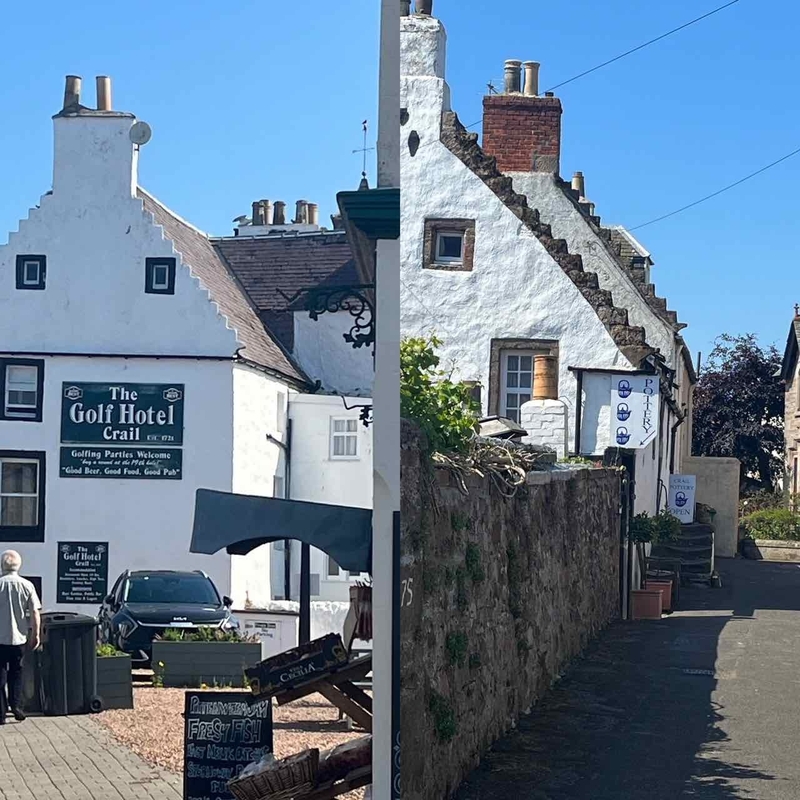
Crail
This is golfing country. ‘Links’ in our holiday park’s name is the giveaway. Sauchope is under a mile north of Crail. Drive (or walk) a further 10 and you come to the two courses at the tip of Fife Ness belonging to the Crail Golfing Society, seventh oldest club in the world. It was founded in 1786 by 11 solid citizens in the Crail Golf Hotel, still there on High Street, offering a fine example of the town’s predominant 17th century architectural style, crow-stepped gables, often whitewashed. These, pantiled roofs and mature tree-lined avenues lend a very continental feel to the place. Given a royal charter by Robert the Bruce in 1310, Crail was an important medieval trading post, despatching cargoes of coal, textiles and salted herring to the Low Countries.
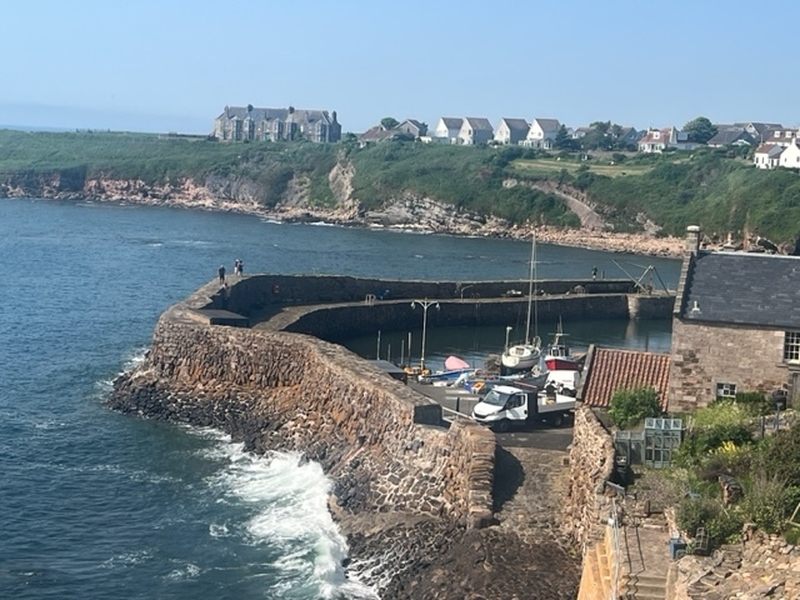
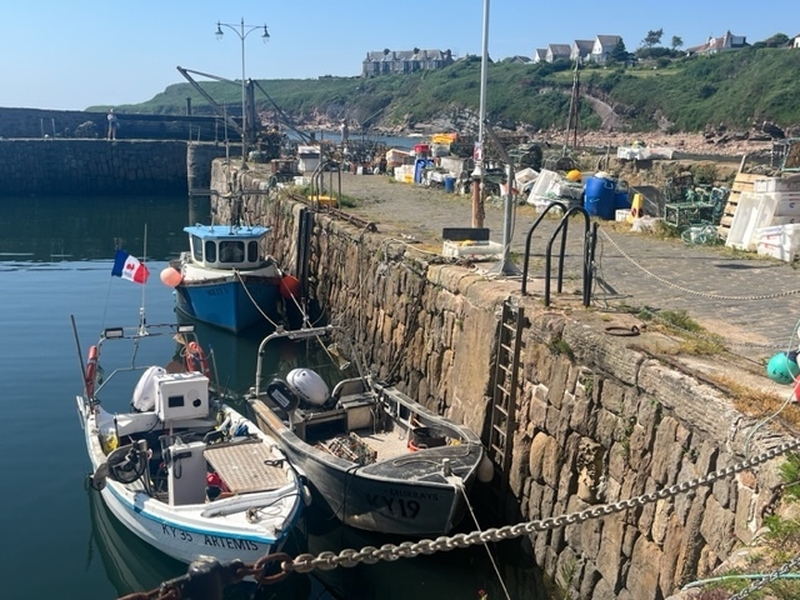
Gaze up at the weathervane above Crail Tolbooth’s Dutch tower and instead of the customary cockerel you’ll find the shape of a ‘Crail capon’. These were haddock smoked traditionally in a chimney ‘lum’. There’s an auld Scot expression “lang may yer lum reek” (long may your chimney burn), wishing you long life. Wander down to the miniscule port along cobbled streets, taking in the colourful courtyard of Crail Pottery. Or approach via Castle Walk, which gives you the best photo opportunity. A more panoramic take is from the ascending Coastal Path as you wend your way south to Anstruther.
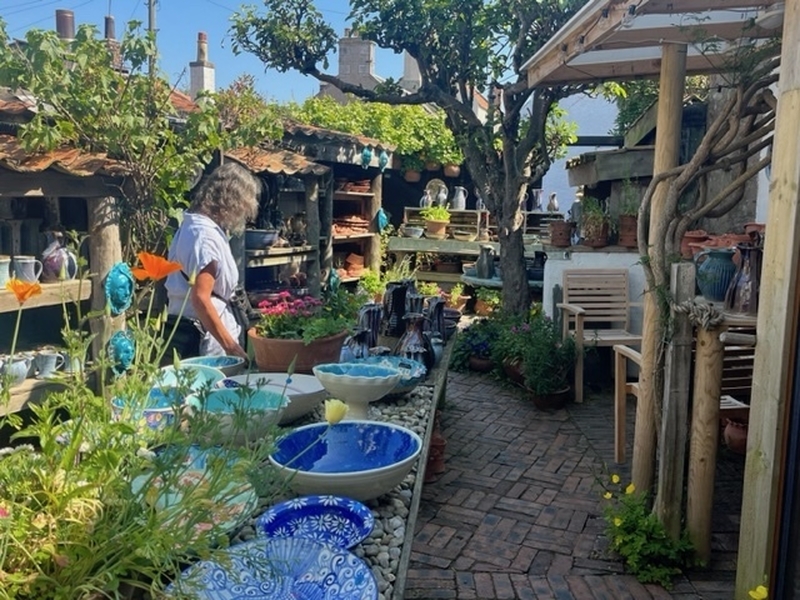
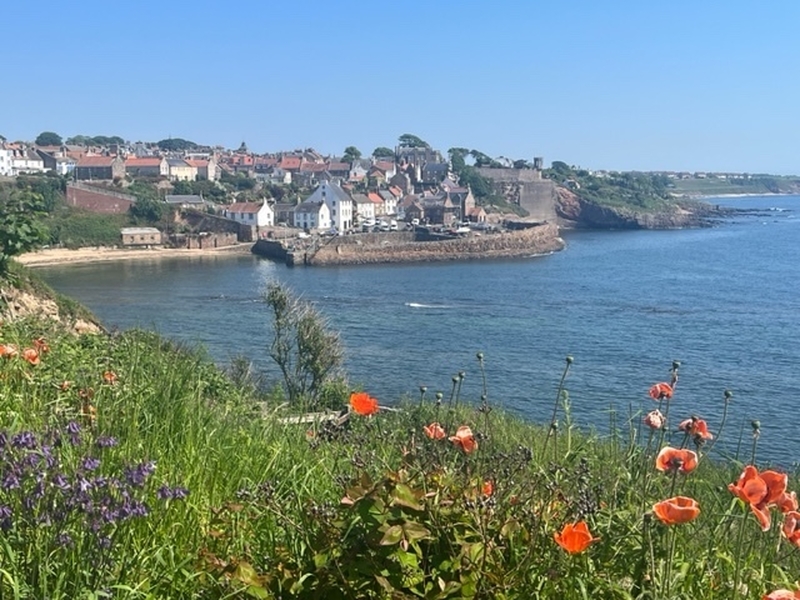
Cellardyke/Anstruther/
A storm at the end of the 19th century trashed atmospheric Cellardyke’s own harbour, so the herring fleet shifted down to adjacent Anstruther (pronounced Anster). Today the bobbing boats are mostly pleasure craft and there are two terrific tourist magnets. The Scottish Fishing Museum is a hugely informative portal into a life at sea that even today is fraught with peril. We took coffee in its smart cafe as we awaited our morning Sea Safari with Isle of May Boat Trips.
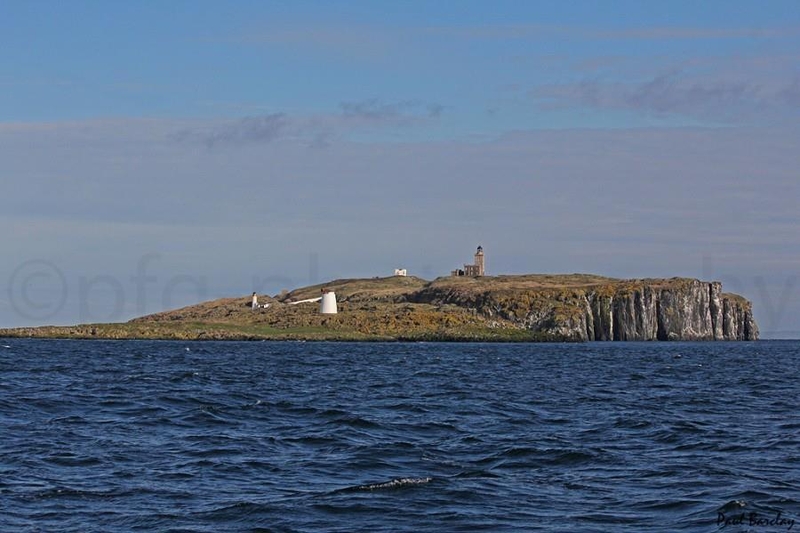
From £30 a head you get a one hour 15 minute seaborne circuit of this National Nature Reserve, six miles out in the Firth of Forth, with informed commentary from the skipper. The craft, a rigid inflatable, holds 12 and hits some impressive speeds to add a thrill element, but the real reason to visit May is the wildlife. It has a history involving monks, vikings, smugglers and a lighthouse built by Robert Louis Stevenson’s dad, but all play second fiddle when, as we did, you come upon basking seals, a cormorant colony and cliffs teeming with guillemots, terns, razorbills and the uncommon black-backed gull.

Star of the show, though, has to be the puffin (one collective name an ‘improbabilty’). These colourful, comical birds arrive on the Isle in April and depart by the end of summer; we caught them at their zenith, surfing the choppy waves then upturning into the deep in search of sand eels and the like. In the distance a real bonus – a minke whale briefly cresting the waves.
All that fresh sea air and spume had unleashed the inner gannet in us, so after disembarking we piled into the award-winning Anstruther Fish Bar. The battered haddock and chips were as good as it gets – believe the hype. After which a pint was in order. In truth this isn’t good cask beer territory, but the Fife Gold was in fine, foamy fettle in the secluded garden of The Dreel Tavern, which dates back to the 18th century. As does so much of Pittenweem, next stop on the trek, the last working harbour.
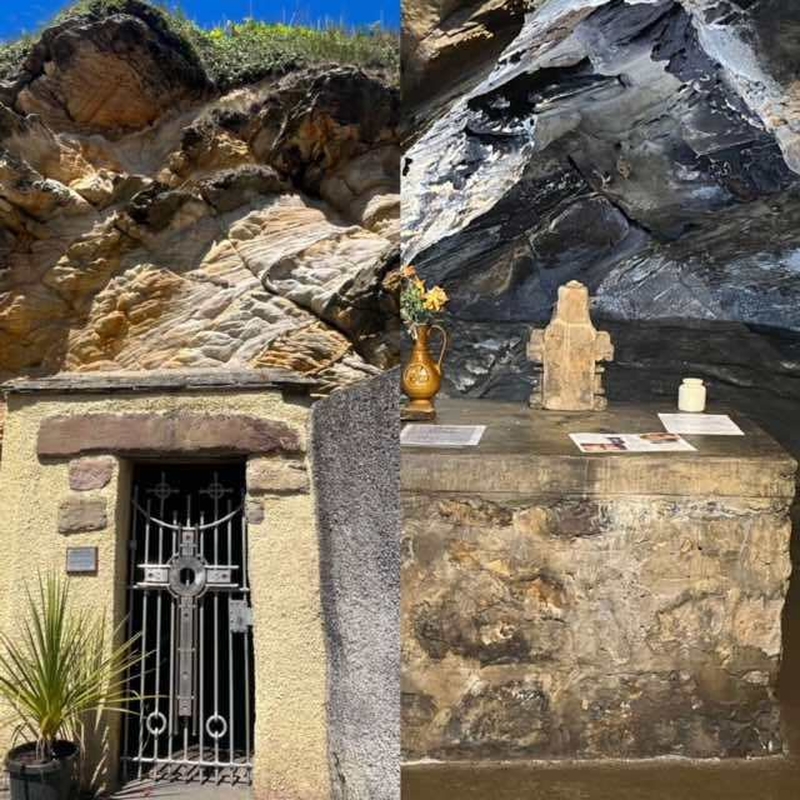
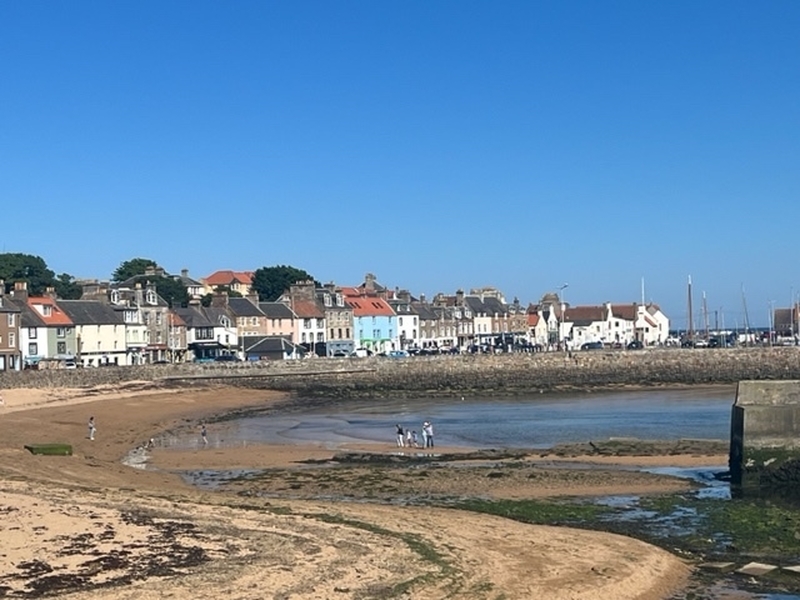
Pittenweem
St Fillan had his own version of a phone torch. His left arm mysteriously lit up, allowing him to accomplish his seventh century holy tasks in his cavern tucked into the rock face off Bruce’s Wynd, the steep descent to the harbour. You pay a quid for a key at the Pittenweem Chocolate Company or The Little Gallery on High Street. St Fillan’s Cave is a mite underwhelming like Father Ted’s Holy Stone of Clonrichert, but overall I liked the understated charm of Pittenweem, a great place to putter around. Gentrification on the way? The smart harbour front Dory Seafood Bistro has just been named among the Good Food Guide’s 100 Best Local Restaurants along with the Kinneuchar Inn north of Elie. Competition for Anstruther’s Michelin-starred The Cellar, where we couldn’t get a booking.
St Monans
In the 1790S, salt was Scotland's third largest export, after wool and fish. Local coal heated the evaporation pans where sea water was boiled into sea salt. At the end of the mile and a half coastal walk from Pittenweem you encounter the St Monans Windmill, used to pump up the water. Almost ancient history now – the industry was abandoned in 1823. The settlement itself takes its name from a 9th century hermit who landed here and built a cell; later a Dominican monastery sprang up and, tucked into the cliffs above the waves, the Auld Kirk (1256) is among Scotland’s most ancient churches. We were keen to see the famous 18th-century model of a ship suspended from its ceiling, but the entrance was locked.
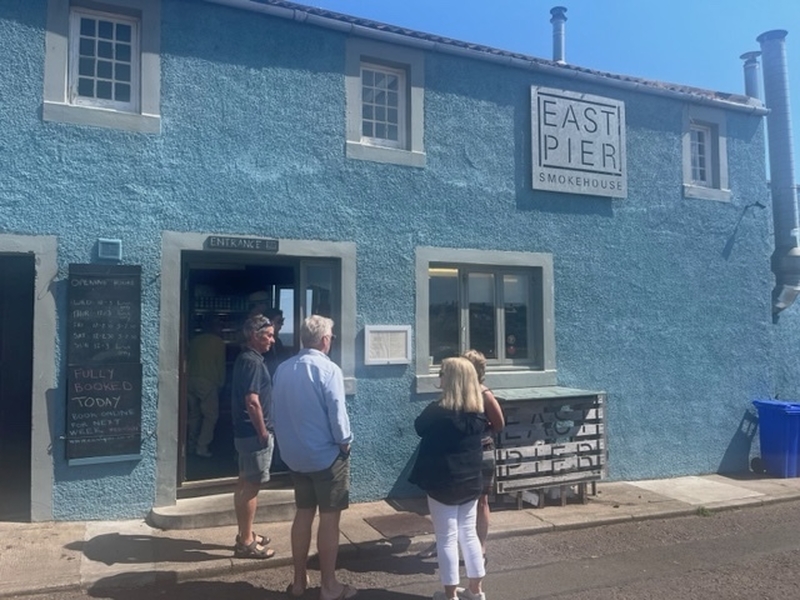
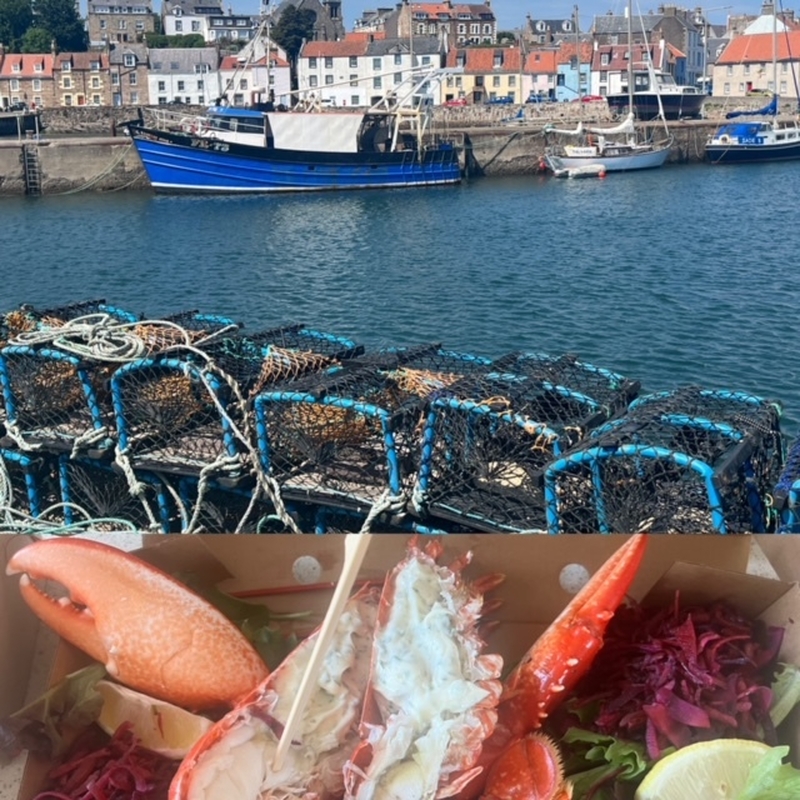
The multi-coloured seafront of St Monans proper is very much of today, a perfect seaside retreat. A good place to chill with small plates, coffee and craft beer is the Giddy Gannet, but the real foodie draw is East Pier Smokehouse on the quayside, painted a vivid powder blue. To sit on its top deck terrace with the sea lapping behind you and a large whole lobster to yourself (great value at £38) is crustacean bliss. It comes in a cardboard box with proper chips or potato salad and implements to lever the tastiest bits from crevices. Chef patron James Robb smokes seafood Scandinavian-style in the downstairs kitchen and everything on the menu is desirable, down to the well-chosen wine and beer offering.
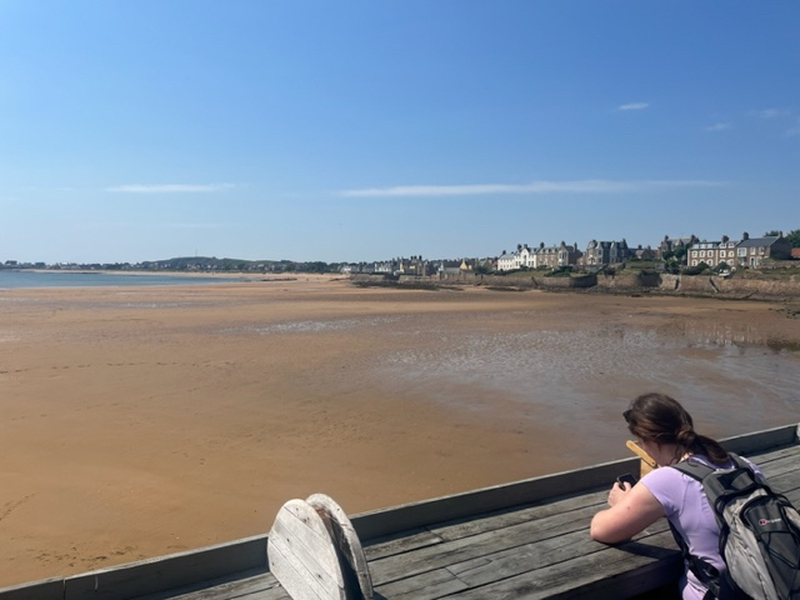
Elie
What saves St Monans from the crowds is the lack of a beach. Ellie makes up for it with its sweeping demerara coloured strand that attracts the affluent weekenders up from Edinburgh. You can appreciate its vastness from the terrace of the excellent Ship Inn. More sheltered is Ruby Bay on the approach. This was where in the 1770s the beautiful Lady Janet Anstruther indulged in naked bathing from Lady’s Tower on the headland (nowadays a gaunt ruin). A bell-ringer paraded through town to warn ’no peeking’ at this wild swimming pioneer.
‘Good walk spoiled’ and all that, the town and its extension Earlesferry draw in the golfing crowd to two acclaimed courses. My own personal magnets lie on the A917 coming in – the aforementioned top quality Ardross Farm Shop (access also from the Coastal Path), one of Scotland’s best seafood merchants, David Lowrie, on an industrial estate on the fringe of St Monans, and, best of all, the venue for that Spots on My Apples organic festival – the food and culture complex called Bowhouse.
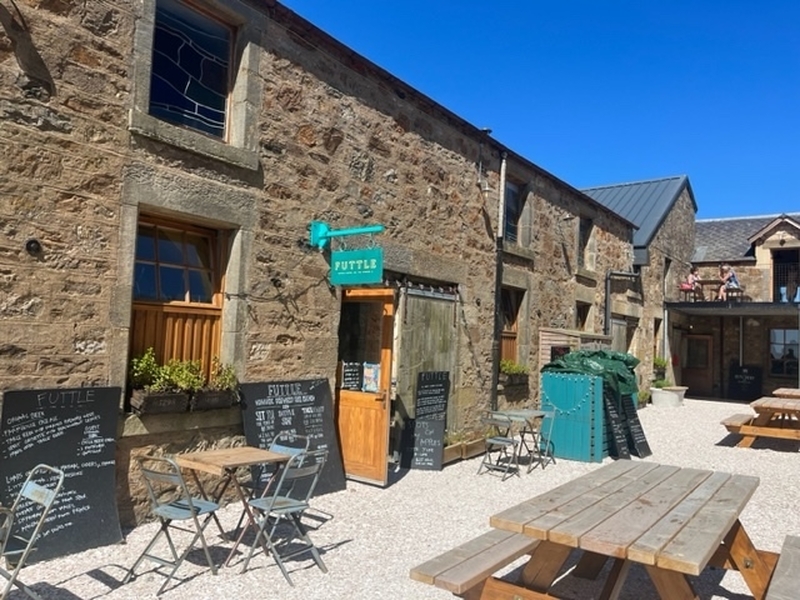

Rising from flat fields, it resembles a gargantuan barn. The small food and drink businesses occupying spring into life mostly from Thursday onwards, though the impressive organic butchery is open from Tuesday.
On the second weekend of each month Bowhouse hosts a popular market with traders streaming in from across Scotland, but it is also home to regulars such as the Baern Bakery, Angry Kulture kimchi, Scotland the Bread’s flours and much more. Central to the whole project is Futtle organic brewers, the folk co-ordinating Spots on My Apples. They run a taproom, vinyl stall, bottle shop for artisan ciders and natural wine, alongside a catalogue of DJs and performers. They also brew unfiltered beer flavoured with foraged seaweed or yarrow and a green hop pale ale from “fresh, Fife-grown organic hops, which went from the bine into the beer on the same day.” Coolest kids on the Neuk? You got it.


Fact file
Sauchope Links park offers a wide range of accommodations – beach huts, quirky geodesic camping domes, pods, lodges and seasonal touring pitches. Some are pet-friendly, some boast hot tubs. All the Superior En Suite Pods are named after sea birds. Ours was Skua and we loved its surprising spaciousness. We lacked the patience to stoke up our wood-fired hot tub, happy to soak up the dreamy sea view from our terrace.
Booking is well underway for 2024 when four nights in a pod similar to ours (sleeping four if you open up the sofa bed) would cost you £424 for four nights, Monday to Friday, in March. And there remains availability this November for just £300. Prices for camping domes and standard beach huts start at £128 for three nights; deluxe beach huts £330; two-bed ‘contemporary’ lodges from £486 for three nights with ‘retreat’ lodges from £576.
Sauchope Links near Crail is one of five Largo Leisure holiday destinations across Scotland. The others are Braidhaugh Holiday Park at Crieff in Perthshire, offering lodge, glamping, and touring pitches; Letham Feus Park, north of Leven (en route to the Neuk) offers lodges and caravans; Loch Tay Highland Lodges, on the shores of Loch Tay with onsite restaurant/bar and a wide range of water and land-based activities. Glamping, cabins, lodges and large houses; and in woodland next to Loch Tay Cruachan Farm Caravan and Camping Park with camping, touring, glamping, and static caravans. Caravan and lodge ownership is available too across all the sites.
The East Neuk is a 300 mile drive from Manchester.















